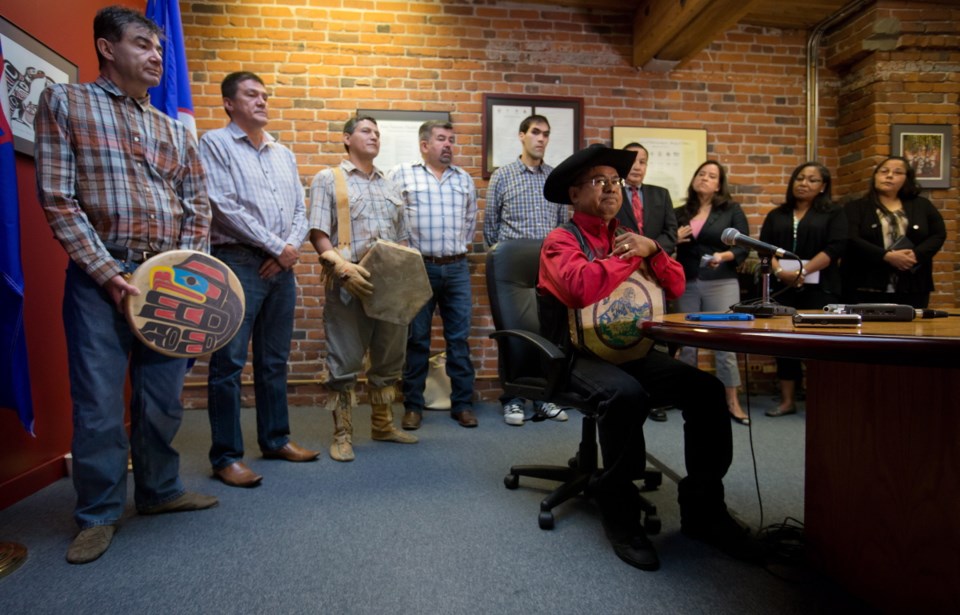For the first time, the Supreme Court of Canada has recognized a First Nation’s title to a specific tract of land — a historic decision with major implications for British Columbia and Vancouver Island.
The 8-0 decision, which overturned an appeal court ruling, will essentially make it easier for First Nations to establish title over lands that they regularly used for hunting, fishing and other activities.
The ruling is the Supreme Court’s first on aboriginal title and will apply wherever there are unresolved land claims.
John Borrows, Canada Research Chair in Indigenous Law at the University of Victoria, called it the most significant decision the Supreme Court has ever rendered in an aboriginal rights case.
“It’s probably — I don’t think I’m overstating this — one of the most significant decisions in the world,” he said.
Borrows said the decision could have an impact on cases in Australia, New Zealand and other countries that, in the past, have looked to Canadian law and found it persuasive.
The decision also will affect hundreds of land claim cases in British Columbia including that of the Hul’qumi’num Treaty Group on Vancouver Island. The group is made up of six First Nations including the Cowichan Tribes.
“The Cowichan, and the Hul’qumi’num people more generally, are going to be a big player now in advancing the principles of this decision,” Borrows said.
Robert Morales, the group’s lead negotiator, said the Supreme Court ruling bolsters the Hul’qumi’num claim by recognizing that aboriginal title exists “on the ground” and not just in theory.
“It basically means that, in our negotiations, the government has to come to the table, understanding that we have the underlying aboriginal title, and hopefully we can resolve this without having to litigate it,” he said.
The Hul’qumi’num say they are owed restitution for Canada’s decision to give away more than 207,000 hectares of their land to the E&N Railway in 1884. They also argue that Canada continues to violate their rights by permitting clear-cuts and deforestation despite protests.
“We’re saying that the government has an obligation to deal with the fact that they alienated 90 per cent of our traditional territory and turned it into private property interests,” Morales said.
Title, however, is not absolute, the Supreme Court declared. Economic development can still go ahead on land where title is established as long as one of two conditions is met.
Economic development on land where title is established would require the consent of the First Nation. Failing that, the government would have to make the case that development is pressing and substantial, and meet its fiduciary duty to the aboriginal group.
In other words, the decision places a greater burden on governments to justify economic development on aboriginal land.
The court also makes it clear that provincial law still applies to land over which aboriginal title has been declared, subject to constitutional limits.
The Supreme Court of Canada case dated back decades to a dispute over logging rights on land west of Williams Lake where the Tsilhqot’in people maintained traplines. Millions of dollars later, the high court has recognized aboriginal title over 1,750 square kilometres of territory.
David Rosenberg, who was part of the Tsilhqot’in legal team, said the court found aboriginal title does not just apply to specific sites where First Nations lived or used intensively.
“It’s territorial. It goes from mountaintop to mountaintop in some places; it covers valleys and vast tracts of land,” he said.
— With The Canadian Press



